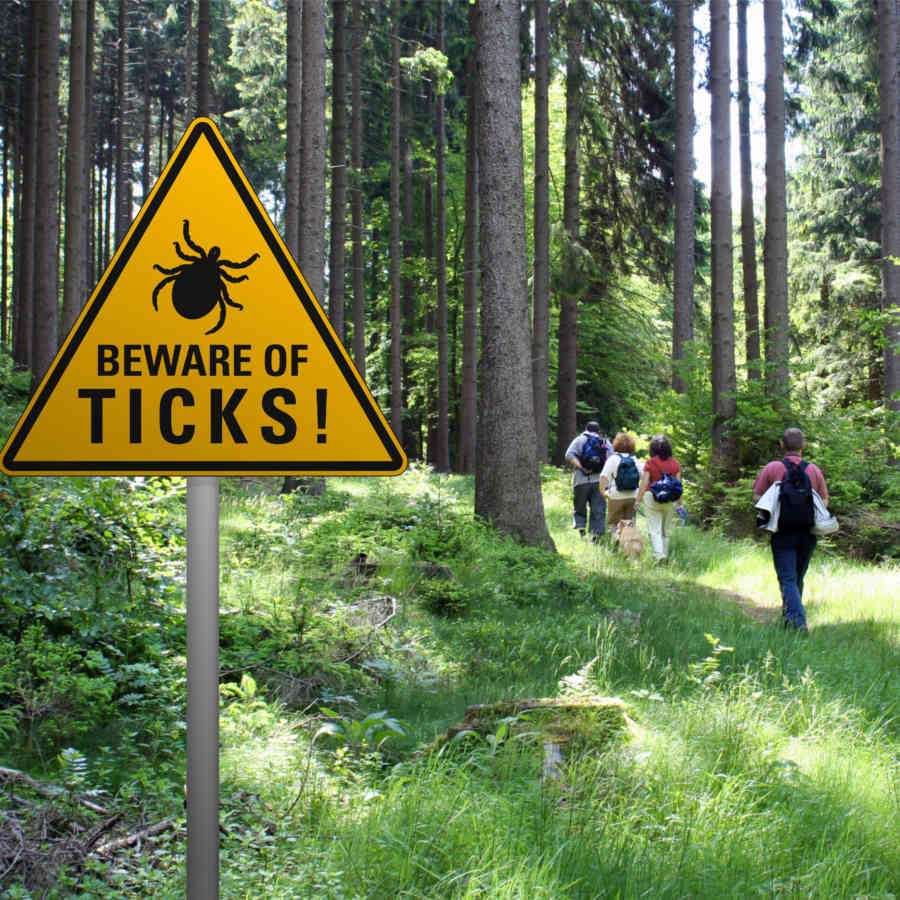Discovered a tick? There's an app for that
This article is proudly sponsored by Mount Nittany Health.
It's never too early to take tick precautions. May is the most active time for ticks in Pennsylvania, and with the mild winter, we have already been in the midst of tick season for some time. Ticks will remain active throughout the summer and into the fall.

Most of us are already aware of ticks and Lyme disease. But there are many types of ticks, and not all carry diseases. Unfortunately, you cannot tell if a tick carries a disease just by looking at them. Only black-legged ticks transmit Lyme disease, but every other tick carries some disease even though the risk of becoming infected varies greatly.
Pennsylvania has the dubious honor of leading the nation in Lyme disease. However, deer ticks can also carry anaplasmosis. Like Lyme disease, anaplasmosis infection consists of high fever, body aches, chills, nausea, and vomiting. You can treat anaplasmosis and Lyme disease with antibiotics. However, if you do find a tick, talk to your doctor before starting treatment.
It’s important to know that finding a tick does not automatically mean you have Lyme disease. There are a couple of things you can do before you panic. First, try to remove the tick but do so gently. If you try to rip the tick off or burn it, you will make it mad, and it will inject you with even more bacteria. Use a tick-removing tool to extract the entire tick from your skin.

- Photo courtesy of Mount Nittany Health
Once removed, you can then try to identify what kind of tick it is. Not all ticks carry Lyme disease. Dog ticks, for instance, do not carry Lyme. The University of Rhode Island has an online tool called TickSpotters, where you can submit photos of the tick. Within 24 hours TickSpotters will tell you the type of tick, how long it was attached, what diseases it carries, and the best actions for you to take next.
Using TickSpotters is not a substitute for a physician’s diagnosis. Still, it can be helpful to determine what to do if you find a tick and do not have any symptoms.
To stay safe from ticks and the diseases they carry, check often and remove any ticks you find. Using repellants sprayed on your skin or clothes can help keep ticks away, and wear long-sleeved shirts and long pants in the woods or tall grass.
Contact your primary care provider if you find a tick and develop joint pain, rash, headache, or flu-like symptoms. Mount Nittany Health patients can schedule appointments with their primary care provider by calling 814.278.4600 or visit mountnittany.org for more information.


